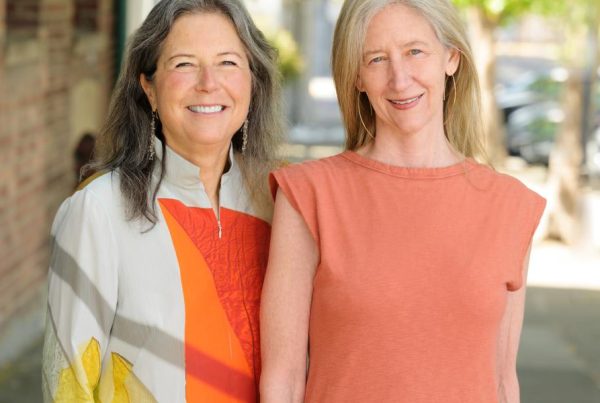If you need proof that sound profoundly affects a branding experience, look up Tupperware’s mandoline ads on YouTube.
One of the versions on its US and Canada channel is set to crashing electronic music and is unwatchable. Another, under the name Mandochef on its Asian channel, uses exactly the same visuals but is set to gentler music composed for the ad, with satisfying sound effects. The latter has more than 10 times the viewers of the US version.
Sound branding is not a new concept but the results of recent research and the rise of voice as a platform are pushing brands to use it at a new level. It is thanks to this research that the reason the mellower version of the Tupperware ad is more satisfying to watch can be identified.
“Our brains love it when what we see and hear are aligned. Conversely, our brains find it distracting and upsetting when it’s out of sync,” Heather Andrew, chief executive of neuro-research company Neuro-Insight, explains.
Two years ago, Thinkbox commissioned Neuro-Insight to explore links between TV advertising creative and memory. One of the findings from this analysis, which involved mapping the brain responses to more than 200 TV ads, was that when music and visuals synced up well, the brain generated a 14% higher memory-encoding response.
“John Lewis ads do this particularly well; they often re-record tracks to better suit the visuals,” Andrew adds.
Neuro-Insight also found that the brain prefers it when music’s emotional resonance matched that of the ad’s story and visuals. When the researchers replaced the track for Budweiser’s 2018 Super Bowl commercial “Stand by you” (a soft and slow cover of Stand by Me by Skylar Grey) with the original more upbeat Ben E King version, the results were dramatic.
“We found a dramatic difference in the brain responses to the two different ads – the brain was struggling to connect the Ben E King version with the visual storyline it was seeing,” Andrew says.
But beyond making the brain happy to stimulate memory, what if brands could use music or sound to alter brainwaves, inducing a desired state? Sound branding agency Soundscape and hotel chain CitizenM are in the process of testing this theory.
“There is neuroscience research that suggests by mimicking a brain’s oscillations, you could trigger certain states, such as sleeping or focus. It’s a form of hypnotherapy if it works,” Ollie Humphries, founder of Soundscape, explains.
Working with artists and neuroscientists, Soundscape has composed music tracks for CitizenM aimed at solving three traveller problems: jetlag, focus and the fear of flying.
“Neuroscientists are testing out how our tracks perform against general music you find on Spotify labelled ‘sleep’ or ‘focus’. If it works, we’ll distribute it through the hotels and on Spotify,” Humphries says.
Brands making a noise
Ikea’s ‘braingasm’
Tapping into a phenomenon known as autonomous sensory meridian response (ASMR), Ikea sought to make a group of people very happy with a 25-minute commercial designed to trigger what ASMR-philes call “braingasms”.
Visa sounds out mobile
Visa found that 81% of shoppers felt safer and more secure with mobile transactions if it used sound and animation, so that’s what it did. Visa created a branded animation, sound and haptic feedback for mobiles aimed at giving customers a feeling of satisfaction
Nissan’s ‘singing’ cars
Nissan commissioned Man Made Sound to produce a proprietary sound for its fleet of otherwise silent electric cars. The end result – “Canto”, which means “I sing” in Italian – has a musical element and conveys a sense of the cars accelerating.
Source: Make your ads sound clever: why sound branding matters













